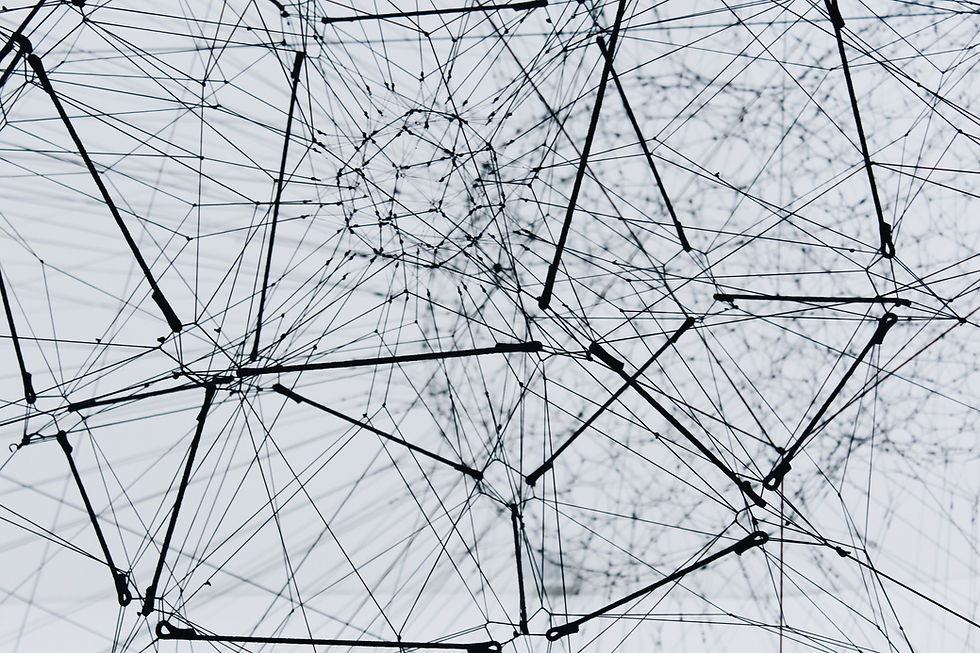Mental Health in the Digital Age: Balancing Connectivity and Well-being
- dhanwinderdsingh
- Apr 3, 2024
- 2 min read

In an era where digital devices are integral to our daily routines, the intersection of mental health and digital connectivity has become an increasingly important topic. The digital age, with all its benefits, brings unique challenges to our psychological well-being. The constant flow of information, the pressure to be always "on," and the curated portrayals of perfection on social media can lead to feelings of inadequacy, anxiety, and isolation. However, by adopting a mindful approach to digital consumption, we can harness the positive aspects of technology while safeguarding our mental health. Here’s how to find that crucial balance.
The Impact of Digital Connectivity on Mental Health
The digital world is a double-edged sword. On one hand, it offers unprecedented opportunities for learning, connecting with others, and accessing support. On the other, excessive or unfiltered use of digital technology can contribute to a host of mental health issues, including:
Social Media Anxiety: The pressure to maintain a certain image and the constant comparison with others can lead to increased anxiety and feelings of inadequacy.
Information Overload: Being bombarded with news and notifications can overwhelm the brain, leading to stress and decision fatigue.
Digital Isolation: While digitally more connected than ever, excessive screen time can isolate us from real-world interactions, impacting our social skills and emotional well-being.
Strategies for Balancing Digital Use and Mental Health
1. Set Digital Boundaries
Establishing clear boundaries for digital device use can prevent burnout and reduce stress. Designate tech-free times, especially during meals and before bedtime, to disconnect and unwind. Making bedrooms a screen-free zone can also improve sleep quality, which is crucial for mental health.
2. Curate Your Digital Consumption
Be intentional about the content you consume. Unfollow accounts that trigger negative feelings or comparison, and limit news intake to reduce anxiety. Instead, follow accounts that inspire and uplift you, and use digital platforms to learn new skills or hobbies.
3. Foster Real-World Connections
Prioritize face-to-face interactions to strengthen your support system and improve emotional well-being. Schedule regular meet-ups with friends and family, and engage in community activities that allow you to connect with others in meaningful ways.
4. Practice Mindful Use of Technology
Become more mindful of your digital habits. Before reaching for your phone, ask yourself why you're doing it. Is it out of habit, boredom, or genuine need? By being more conscious of your digital consumption, you can make more deliberate choices that align with your well-being.
5. Use Digital Tools to Support Mental Health
Leverage technology positively by using apps designed to promote mental health. Whether it’s meditation apps, digital journals, or mental health platforms offering professional support, these resources can be valuable tools in managing stress and enhancing your mental well-being.
The Way Forward
The digital age presents both challenges and opportunities for mental health. By adopting a balanced approach to digital connectivity, we can enjoy the benefits of technology without letting it undermine our psychological well-being. It’s about making conscious choices, setting healthy boundaries, and using technology as a tool to support, rather than detract from, our mental health. In doing so, we can navigate the digital age with resilience, maintaining our connection to both the online world and our own well-being.



You hit on a crucial point about the pressure to be 'always on' and the curated portrayals of perfection on social media leading to feelings of inadequacy and isolation. This constant digital performance often blurs the lines between our professional and personal lives, making it incredibly difficult to truly disconnect and recharge. While the article wisely advocates for a mindful approach to digital consumption, practically implementing that balance, especially when it comes to daily device usage, can be a significant challenge for many. For those looking for more concrete guidance, exploring practical strategies for managing screen time and digital well-being can provide invaluable support.